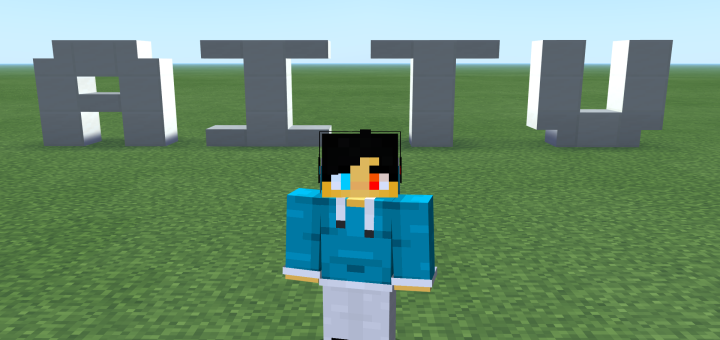

30) The character is hammering the nail into the wall.24) Making the character run in cycles.21) A character is taking a deep breath.
 19) A character is reaching out to any object over the shelf. 14) Stand the character over a table or chair. 12) Add or Change the character’s emotions: add emotion to your character, make it happy, sad, crying, or angry. 9) Make Flour Sack jump: Add the expression of flour sacks are jumping, it will create an atmosphere of movement to the scene. Draw the pose of the sack and add a bouncing ball effect to it. 8) The Flour Sack: if you are an animator and want to define the weight of the animated object, you can follow the famous flour sack example. 7) Make the character think: add expression to the character, sketch the character, and give a thinking expression. Perfect blinking makes it similar to reality. 6) Make eyes blink: most crucial facial feature is eye blinking.
19) A character is reaching out to any object over the shelf. 14) Stand the character over a table or chair. 12) Add or Change the character’s emotions: add emotion to your character, make it happy, sad, crying, or angry. 9) Make Flour Sack jump: Add the expression of flour sacks are jumping, it will create an atmosphere of movement to the scene. Draw the pose of the sack and add a bouncing ball effect to it. 8) The Flour Sack: if you are an animator and want to define the weight of the animated object, you can follow the famous flour sack example. 7) Make the character think: add expression to the character, sketch the character, and give a thinking expression. Perfect blinking makes it similar to reality. 6) Make eyes blink: most crucial facial feature is eye blinking. 
5) Make the character’s head turn: once you have the grip over the facial features, you can now make the character’s head move left and right.4) Draw a character’s head: the head is usually shaped like a ball, and shifting from ball to head will be easy.3) Object falling: after practicing the bouncing ball, go for an object: a brick, a feather, or a plane.2) Bounce the Ball (Across the screen): now spread your work to the whole canvas, bounce the ball across the screen.1) Bouncing Balls (vertically): start with the simplest exercise, draw a ball on the paper first and then move the art to the screen.These exercises are simple but extremely effective. Beginners Level 1įollowing are the tricks that have helped famous animators to become who they are now.
#MINE IMATOR DEMO SERIES#
There are 45 excellent exercises that can help you create your own animated series and improve your work as an animator. If you want to excel in animation and make your mark as Walt Disney, William Hanna, and John Lasseter, then you should start practicing.Ĭheck out a blog for the history and facts about animation, and this blog will inspire you more to adopt animation as a hobby or profession.Īfter sketching and building a story, the next step is animation, but for beginners, it’s challenging at first, so follow the list below exercises to master the animation skill. Practice makes the man perfect! It is an old but practical quote. P.S: don’t draw a scene or character with a lot of features or details because it will be a lot critical for you to replicate it in the digital 2D or 3D environment. Let your imagination flow, make something different and unique.
A time travel: you can create art from history or imagine a scene from the future and draw it. Get inspired by nature: go to a park or garden, observe greenery and try to draw plants, trees, or nature scenes. A moment from life: try to sketch down any memorable moment or day from your life, or shoot a video for animation reference. An old drawing or piece of art: if you have a drawing or figurine on which you can build a story, use it to animate. You can pick a scene or chapter from a book to animate it to life. Begin with a story: first, select a story that you want to showcase in your animation. This blog shares some of the creative ways that you can use for your first project. In this digital age, people have more opportunities to learn and create animation.īut the question still stands: where to start?Īnimation is not hard to create or design, but sometimes it is really tricky to make. You’ll find animated logos, designs, ads, commercials, and even educational videos if you look around. Now, not just kids’ television cartoon series but almost everything is wrapped in animation. We have seen numerous animated cartoon series like Rugrats, Ducktales, Doug, and Animaniacs they are the best animation examples we can get. Animation is the new name of art and drawing in this digitalized era. Let’s travel a few years back into the 90s. If you are looking for inspiration and a simple idea for your first animation project, then this is the blog you have been looking for.







 0 kommentar(er)
0 kommentar(er)
